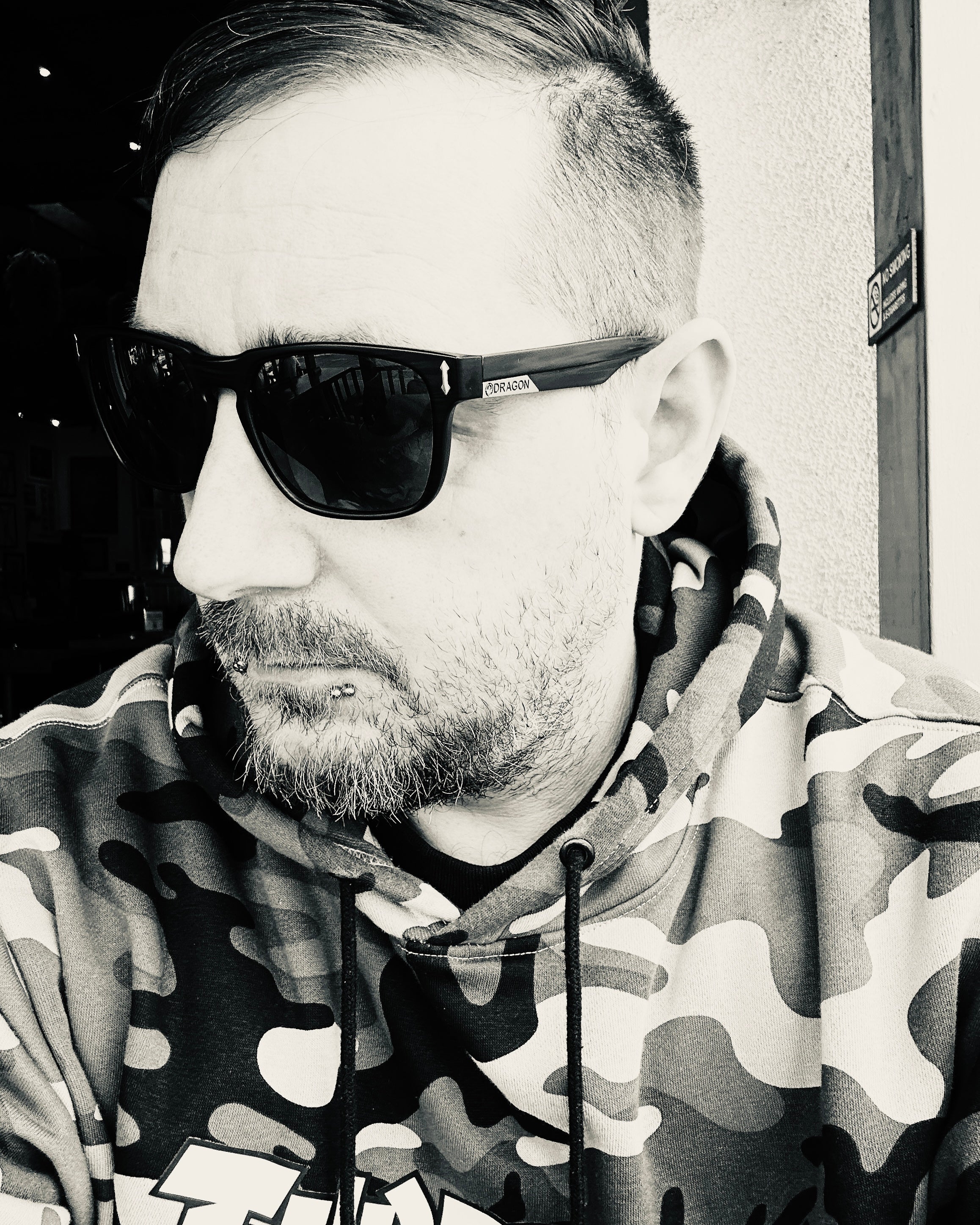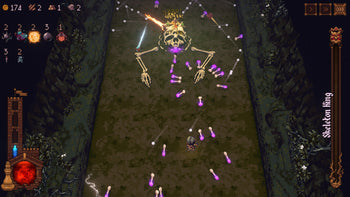Alien: Earth Post-Mortem - Too on the Nose, or Perfect Sci-Fi Horror?
With Alien: Earth wrapped and despite one episode in particular being a standout for not being as strong as the other seven (you know who you are, "Emergence"), the overall delivery of what should be considered proper sci-fi horror, in episodic TV form, was largely excellent. Noah Hawley’s riff on the Alien universe that reveals a further deepening of humanity’s affiliation with one of the galaxy’s ‘apex’ predators wasn’t just a great new chest-bursting iteration, but a wholly unique presentation that was anything but flashy, yet was somehow still flashy.
No small task.
More importantly, it maintained the retro-future presentation of Romulus, the OG and the genre-defining Aliens while also utilising the in-series timeline passage of time to equally be kitsch and relatable in 2025 -- all in one. Shot for shot and transition to transition, however, it was a drawn-out old-school horror-slash-slasher experience with fantastic pacing that coalesced with the show’s two major titans -- Kirsh and Morrow -- putting on a cage match for the ages, reminiscent of Rowdy ‘Roddy’ Piper and Keith David’s seminal They Live fight scene. Its heavy-handed Lost Boys motif also wound up being more creepy and more poignant than the telegram it all came written on initially suggested it would and left us wanting more.
You know, true horror.
In all, every studio and platform involved in this original series delivered above and beyond, while contributing significantly to the canon of the IP overall, to the point we now have even more questions, need more ‘modern’ details, and have a serious eye towards its future.
Alien: Earth



About the author


















